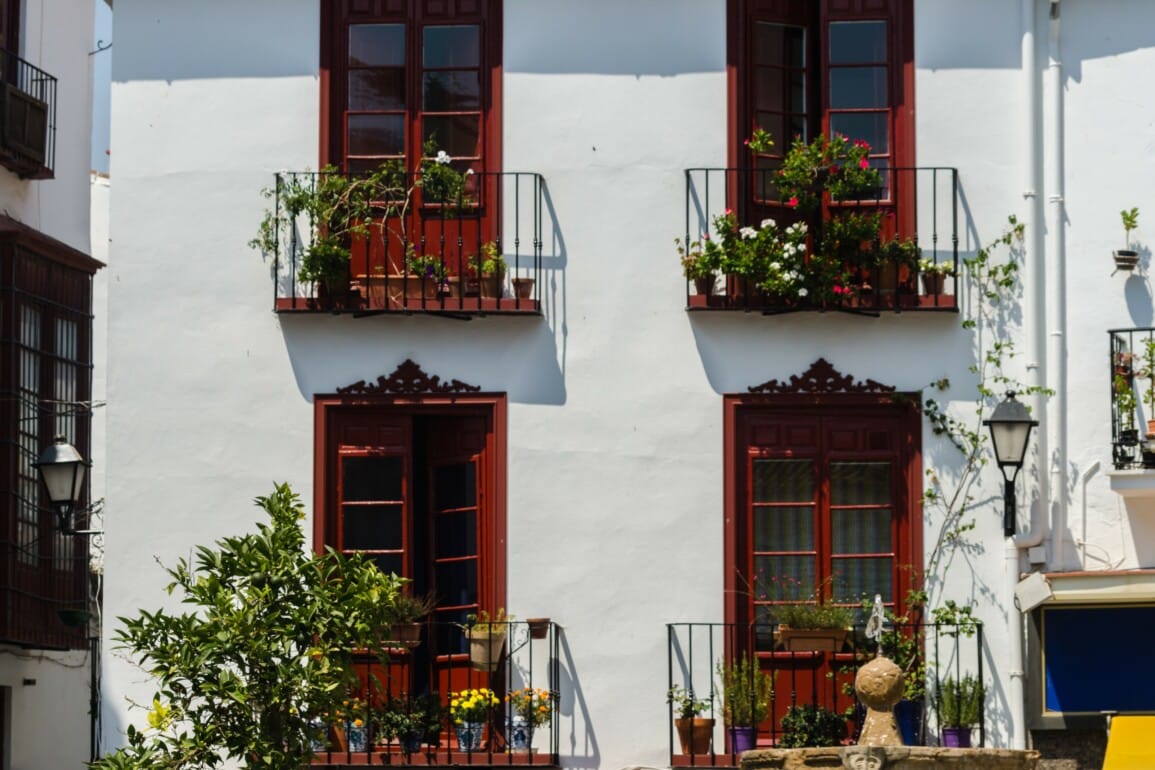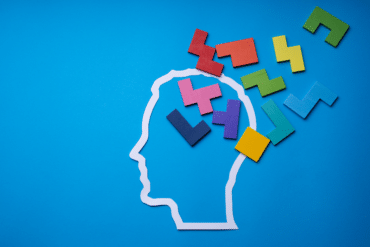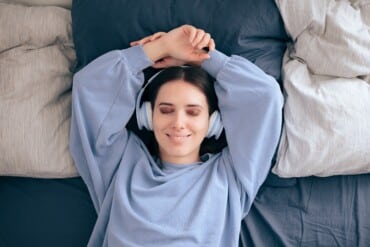In France they eat frogs’ legs and snails, in Australia there are countless venomous creatures, and in Spain they take siestas. As we grow up learning about the different cultures in the world, we often pay close attention to the novel activities taking place in other countries. Read on to see if the Siesta is good for you…
In Spain they take siestas to help maintain better brain function and reduce fatigue. The siesta has actually been a common part of Spanish culture for quite some time.
However, as the world has continued to evolve, and our lives have become more fast-paced, siestas are branching out into other parts of the world as well.
A siesta is essentially a mid-day nap, used as a strategic tool for wellness. The benefits of napping are relatively well-known among people all over the world, particularly those suffering from a significant sleep debt, or sleep deprivation.
While Siestas haven’t always been common in the US and surrounding countries, they have begun to gain more attention in the last couple of years. The rise of remote work and flexible employment has given today’s stressed professionals more freedom over how they manage their days.
Rather than jumping directly back into a task after a lunch break, many modern employees are using their breaks to catch up on some much-needed shut-eye.
If you’ve ever found yourself drawn to the concept of taking a mid-day siesta, here’s everything you need to know about the phenomenon.
What does siesta mean?
Siestas are a relatively commonplace occurrence not just in Spain, but similar locations like Italy too. Siesta translates to mean “sixth hour”. It translates from the Latin “Sexta” and was once the time when Romans would stop to eat and rest.
In the context of Spain and similar regions, siesta references the period in the day when people in hot climates would close their businesses, go home, and relax for a few hours.
Traditionally, the siesta was introduced as a way of maintaining the health and wellness of people in hot climates.
What time do Spaniards take siestas?
The traditional siesta in Spain would typically take place between 2pm and 4pm. However, while there are still some Spaniards who adhere to this schedule, many do not.
According to surveys, around 60% of people in Spain never have a siesta. A further 18% say they simply take a midday nap, which may not be connected to a specific time.
The siesta has evolved significantly over the years to suit the needs of different types of people in hot climate. Some office workers may leave the workplace early to run errands between 2 and 4 pm, rather than going to sleep.
Children and elderly people may snooze a little earlier in the day, just after eating their lunch, for instance.

Why do people in Spain take siestas?
Following the Civil War in Spain, it was customary for Spaniards to work two jobs to keep food on the table. One job they would work in the mornings, and another they would work at night. Having a break in between those jobs would allow professionals to recharge a little.
Notably Spaniards still work significantly longer hours than many other people throughout the year. According to the OECD, the average Spaniard works around 1,691 hours per year, while British people generally only work around 1,674 hours per year.
Another important reason for introducing the siesta in Spain was as a method for overcoming the mid-day heat. Traditional siestas often took place in Spain during the hottest hours of the day. It would be uncomfortable, or even dangerous to continue working.
Spaniards and Italians (the people who originally created the siesta) didn’t always have air conditioning to help them manage the heat. Taking a siesta would be a way to reduce the risk associated with continuing to work when the sun was at its highest point.
The benefits of siestas: Are siestas good for you?
The benefits of napping and mid-day sleeping sessions have been earning significant attention in recent years.
Today, we often live much more fast-paced and chaotic lives, forcing us to push our minds and bodies to their limits. A little rest throughout the day can make a huge difference to our wellbeing. It can even help us manage issues like stress.
Incorporating a siesta into your daily routine could help you to finish your day at work with a better balance of energy, and make you feel more able to concentrate. The major benefits of siestas include:
Reduced sleep debt
Adults need an average of seven to nine hours of sleep every night to ensure they can function as normal. However, getting the right amount of sleep is often easier said than done. Around 51% of adults worldwide aren’t getting enough sleep.
Various factors can reduce your ability to get the right amount of rest. Feelings of stress and anxiety, issues with work, and even chronic pain or illnesses can all make it harder to sleep. Also, sleeping through the night in hot weather can be difficult.
The more you lose out on sleep, the more “sleep debt” you develop. This is the difference between how much sleep we need each evening, and how much we actually get.
Napping, or taking a siesta can be a good way to reduce your sleep debt and the negative impact it may have. A quick power-nap during the day can help you to fight fatigue and sleepiness when you’ve had a difficult evening the night before.
Improved performance and cognition
The more disrupted your sleep patterns are, the more health issues you’re likely to face. Sleep deprivation can be extremely dangerous when it becomes a chronic issue. This is why it’s so important to seek help if you’re struggling with your sleep.
In the short-term, lack of sleep will usually impact your ability to process thoughts and ideas normally. When your brain isn’t able to recharge during the night, you’ll struggle to think clearly, remember important information, and even process what’s going on around you.
Naps have the potential to address this issue. Taking a nap can give your brain the time it needs to process information and recuperate from the stress of the day. However, it’s worth noting that the benefits of naps can begin to diminish, when the time you spend asleep increases.
If you sleep for longer than 30 minutes, you’re more likely to experience a sense of “sleep inertia”, which increase your symptoms of grogginess, and reduce your response times.

Is it always a good idea to take a siesta?
Taking a siesta can be a powerful way to improve your mental and physical health if you’re struggling with sleep issues. It’s also a good way to look after yourself, even if you don’t sleep during the “siesta” period.
Sometimes, taking a siesta can simply be a way to take a break from work and refresh your mind for a little while.
While there’s significant evidence to suggest naps can have some major benefits, they won’t be the right solution for everyone. Some people find taking a nap simply makes them feel more exhausted and groggier than staying awake with a cup of coffee.
There’s also some evidence longer naps can cause more negative side effects than benefits. For instance, in older adults, longer and frequent daytime naps can sometimes increase inflammation, which can worsen problems with memory and cognitive function.
Research into the impact of day-time sleeping on cardiovascular health also indicates too many naps could be problematic for your heart.
If you already have heart issues, taking a nap will reduce your blood pressure, which can be a good thing, depending on your sleep length in the night time.
A large study found daytime napping is associated with increased risks of major cardiovascular events in those with more than 6 hours of nighttime sleep, but not in those sleeping less than 6 hours per night.
As with most things in your daily routine, if you’re planning on taking more siestas throughout the day, you may want to discuss your strategy with your doctor first.
How to take a siesta: Top tips
If, after speaking to your doctor, you determine a siesta might be a good idea for you, then there are various ways you can improve your chances of getting a good rest. Here are a few quick and simple ways to enhance your siesta experience:
- Find the right space: Don’t just lay your head on a desk. Find a comfortable environment, preferably somewhere dark and cool, where you can really relax and enjoy your sleep.
- Don’t nap for too long: Make sure you keep your naps to around 30 minutes or less. This will reduce your risk of feeling drowsy or groggy after the nap.
- Adjust to your needs: If you suffer from issues like heartburn, it might be best to sleep before your lunch, rather than after.
- Embrace relaxation: Consider doing some meditation, yoga, or listening to relaxing music before your nap if you have time.
In Spain they take Siestas which provides a host of benefits. A siesta can be a wonderful addition to your routine if you’re struggling with fatigue. Just make sure you’re cautious about how much time you spend asleep.
Siestio. Sleep matters.
Medical disclaimer
You must not rely on the information provided on our website as an alternative to medical advice from your doctor or other healthcare professionals. For more information read our full disclaimer here.







